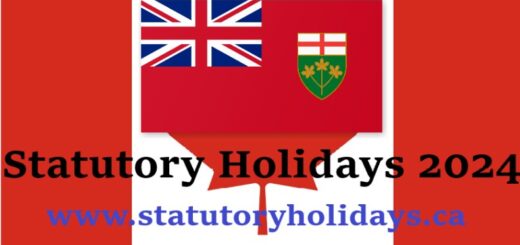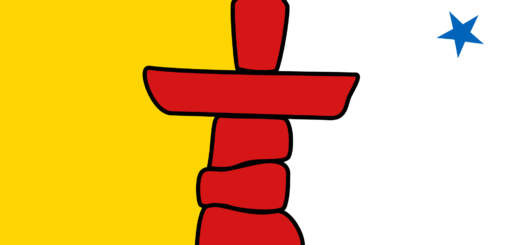Labour Day

Since 1894, The first Monday in September has been an official holiday in Canada. Schools and other educational establishments are closed on Labour Day, and Post offices, many businesses, and many organizations are also closed on Labour Day in Canada. Most Canadians count Labour day as the end of the summer season and the start of a new school year in Canada. There will be many Paredes and events associated with Labour day, Canada-wide.
The origins of Labour Day can be traced back to April 15, 1872, when the Toronto Printers Union went on strike to establish a 9-hour workday (the standard was a 12-hour workday and a 6-day work week). At this time, trade unions were illegal, and striking was considered a criminal offence, and many union leaders were charged and arrested. On April 18, 1982, Conservative Prime Minister Sir John A. Macdonald introduced and passed the Trade Unions Act, effectively making union membership legal. The Trade Unions Act is considered Canada’s first Labour law.
Even though the 9-hour week goal wasn’t achieved, the 1972 strike is considered as the first step to forming trade unions. On July 23, 1894, the government of Prime Minister John Thompson passed a law making Labour Day official in Canada. A huge parade took place in Winnipeg following the official Labour day declaration and the tradition of a Labour Day celebration spread across Canada very quickly.
Canadians celebrate Labour day with parades, games, speeches, amateur competitions, and picnics.




 Subscribe to our channel
Subscribe to our channel